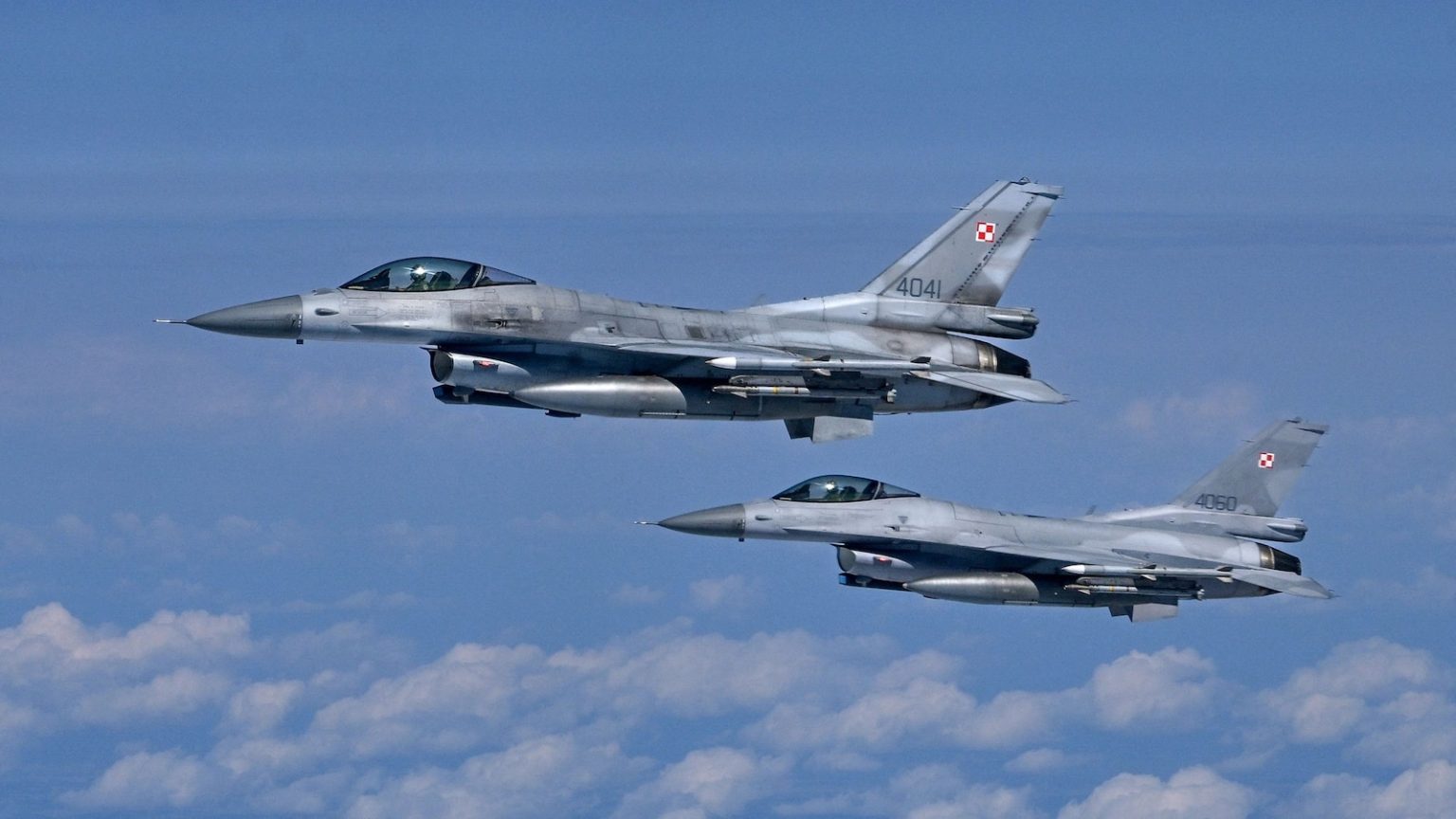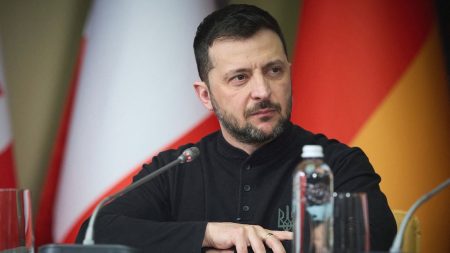Poland Scrambles Military Aviation in Response to Russian Strikes in Ukraine
In a significant escalation of tensions in Eastern Europe, NATO member Poland activated its military aviation and defense systems on Tuesday in response to Russian missile strikes in western Ukraine. The Polish Operational Command confirmed that the country scrambled its military aircraft and heightened its air defense systems due to the intense aerial activity from Russian forces. This move underscores the growing instability in the region as the conflict between Russia and Ukraine continues to intensify, with spillover effects on neighboring NATO countries.
Heightened Readiness and Monitoring Along the Border
The Polish military activated its air defense and radar systems, placing them on high alert to monitor the situation closely. The Operational Command emphasized that these measures were taken to ensure the safety and security of areas along Poland’s border with Ukraine. After approximately four hours of heightened readiness, Polish forces were stood down as no violation of Polish airspace was detected. However, the military remains on constant alert, closely monitoring the situation in Ukraine and prepared to respond immediately if necessary. This incident highlights Poland’s readiness to defend its airspace and its commitment to NATO’s collective defense principles.
Ukraine Under Relentless Aerial Assault
The incident occurred amidst a broader context of relentless Russian aerial attacks on Ukraine. On Tuesday, Ukraine’s air force reported that Russia had launched 213 drones and seven missiles into Ukrainian territory. Ukrainian defenses managed to shoot down 133 drones and six missiles, but the sheer scale of the attack demonstrates the intensity of the ongoing conflict. Nightly drone and missile attacks have become a grim reality for Ukrainians, who are now entering the fourth year of their defensive war against Russian aggression. Ukrainian President Volodymyr Zelenskyy has repeatedly condemned these attacks as a form of "aerial terror" targeting civilians and infrastructure.
Historical Context and Previous Incidents
This is not the first time the conflict has spilled over into NATO territory. In 2022, a stray Ukrainian S-300 air defense missile, fired in response to a Russian attack, accidentally landed in eastern Poland, killing two people. This incident highlighted the risks of unintended consequences in a conflict zone. Additionally, Poland has reported at least two instances where Russian cruise missiles briefly violated its airspace while en route to targets in Ukraine. Such incidents have led to heightened tensions, with Poland summoning the Russian charge d’affaires in December 2023 to demand an explanation.
Regional Security Concerns and NATO Allies
Poland is not the only NATO member affected by the conflict. Neighboring countries like Romania and Latvia have also reported violations of their airspace by Russian drones. These incidents have prompted a collective response from NATO, with the alliance increasing its military presence in Eastern Europe to deter further aggression. The situation remains volatile, with the potential for miscalculations or accidents that could draw more NATO countries into the conflict. As the war in Ukraine drags on, the alliance faces growing challenges in maintaining regional stability.
The Human Toll and Ongoing Tensions
The conflict has taken a devastating toll on Ukrainian civilians, who face constant aerial bombardment and the threat of missile strikes. The psychological impact of living under the shadow of nightly drone and missile attacks cannot be overstated. For NATO countries like Poland, the situation is a stark reminder of the fragility of regional security and the need for vigilance. As tensions between Russia and NATO continue to rise, the international community remains braced for potential further escalation, with the hope that diplomatic efforts can eventually bring an end to the violence.















